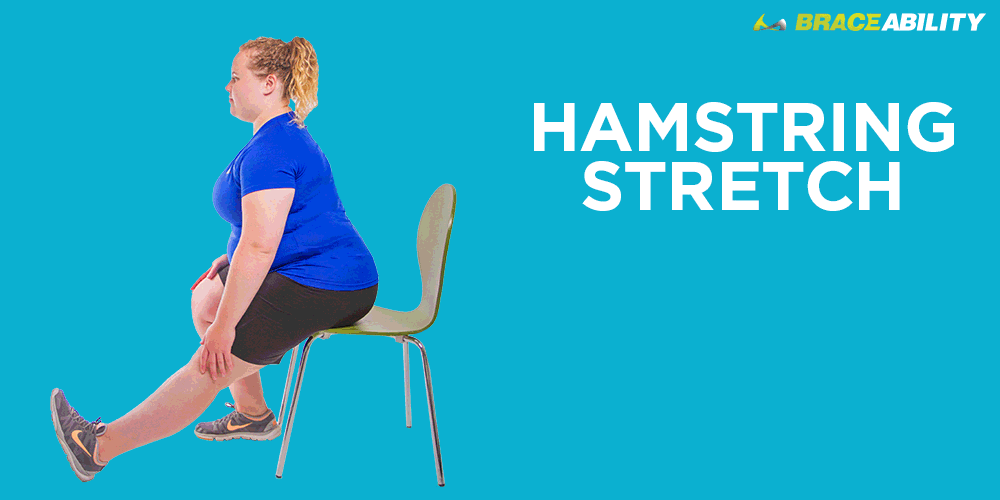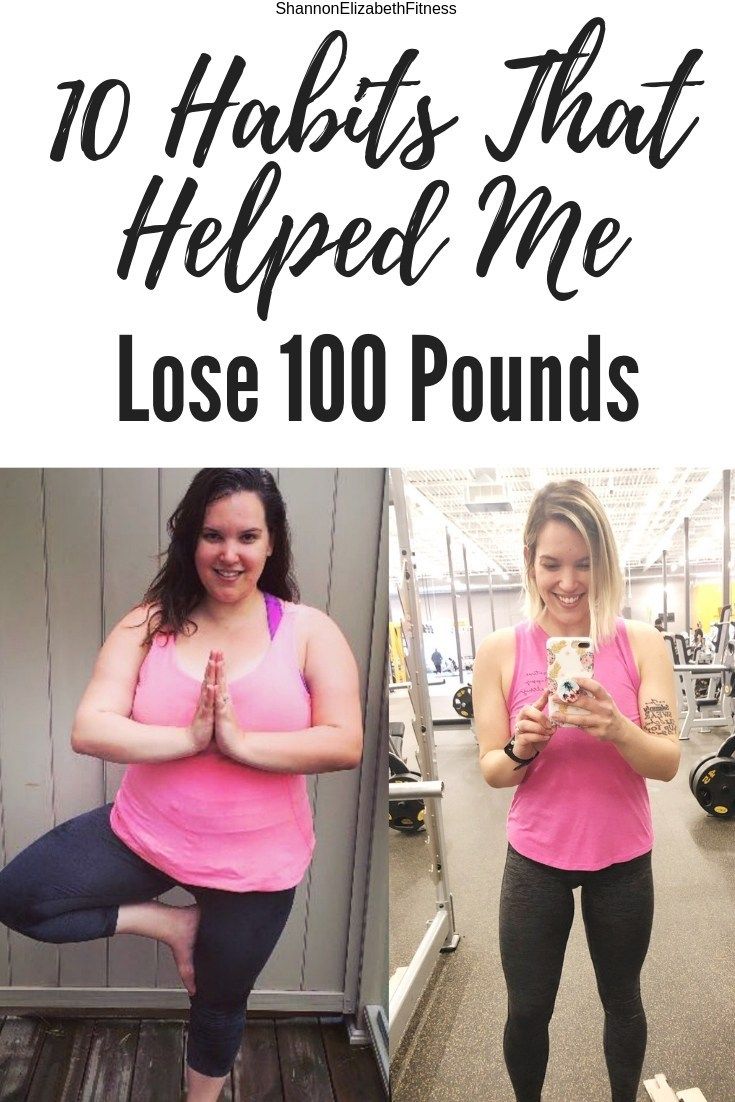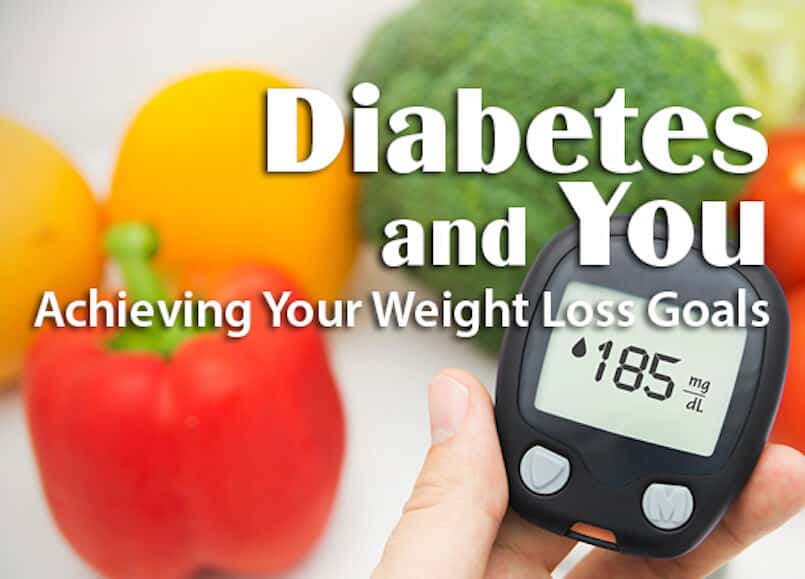
When you exercise, your body burns more calories than usual. EPOC stands for Exercise Post-Exercise Change. This effect can last from 2 to 10 hours. It depends on what kind of exercise it is. A moderately intense workout may have the same results. For example, a two-hour hard run might burn forty-sixty calories. However, a moderately slow jog may not deplete your muscles.
HIIT increases calorie burn for up to 24 hours
HIIT's effects on fat-burning are well-known. HIIT workouts rev up your metabolism and torch calories for up to 24 hours following a workout. Colorado State University scientists examined the effect of HIIT upon calorie burn using a metabolic chamber. They also measured carbon dioxide and oxygen intake. They found that HIIT increased post workout calorie burn by as high as 24 percent
HIIT includes sprinting and running, as well as cycling, running, swimming, and jumping rope. Some workouts incorporate plyometrics and jump rope to boost your heart rate. However, HIIT can be effective even if you don’t have any equipment. Try to push your heart to its max, rather than the maximum speed. You will see results that last for a long time if you push your heart to its limits.

Weightlifting boosts calorie loss for up 3 hours
Many people choose weight lifting to be their daily exercise. This form of exercise increases your metabolism, which means you burn more calories during and after your workout. For weightlifting to be more effective, lift heavier weights. You should also push yourself enough to increase muscle mass. Your body releases cortisol as well as human growth hormone when you lift heavy loads. These two hormones help you burn more calories even after your workout, helping you lose weight even after you're resting.
A weight training routine that lasts 30 minutes can increase your calorie burn by 180 calories for a woman with average body build. These numbers are based off the Harvard medical schools' recommended exercises. Your body weight, your intensity of training, and the movements you use will all affect the actual calories burned. Bicep curls can burn more calories than compound exercises like deadlifts and bench press.
Exercise causes excess post-exercise oxygen consumption (EPOC)
Excess post-exercise oxygen consumption is the process in which your body uses additional energy after an intense workout. This process lasts anywhere from three to 72 hours, and the amount of energy you use varies greatly based on your level of fitness and the intensity of the exercise. Excess post-exercise oxygen consumption is also known as afterburn, and it refers to burning fuel after a workout to get your body back to its resting state.
After working out, the afterburn is a natural phenomenon. This is the body's natural way to recharge its energy stores. However, the effect of afterburn can last anywhere between 15 and 48 hours. The result of higher caloric intake is increased post-exercise Oxygen consumption. The exercise intensity and duration are key factors in excess postexercise oxygen consumption.

Resistance training increases calories burned during and after a workout
A 2013 study examined changes in molecular structure in fat cells in response to resistance-training exercises. For years, researchers focused on the health of muscle cells, but recently their interest has turned to fat. Researchers speculate that the two types are conversing after a workout. It's not easy to determine which type will burn more calories.
Intensity of resistance-training sessions directly influences the number of calories burned. A resistance training program with higher intensity will generally result in more calories being burned. Resistance-training exercises are challenging for the muscles and anaerobic system. A man who does two sets of supersets simultaneously of weight-lifting exercises may burn between eight and nine calories per minute. Additionally, a man who does two supersets five-rep exercises at the same time, while doing 60-180 seconds of cardio per minute, may burn six calories. Circuit training, in which cardio is combined with resistance training, is another option. Similar results can be found: Resistance training increases caloric expenditure during, during, or after a workout.
FAQ
How can busy people lose weight?
You can lose weight by eating less and moving more.
You'll gain weight if you eat too many calories. You'll gain weight if you don't exercise enough. But if you combine these two simple habits, you'll start losing weight.
Are there side effects to intermittent fasting
Intermittent fasting does not have any known side effects. However, if you don't plan properly, you might experience some minor issues.
For instance, if breakfast is skipped, you might feel uneasy all day. Other symptoms include headaches, dizziness and fatigue as well as muscle cramps.
These symptoms usually disappear within a few days.
What level of exercise is required to lose weight?
There are many factors that impact the amount you exercise to lose weight. However, the majority of people require at least 30 minutes of moderate exercise five days a week.
The American College of Sports Medicine recommends that you do 150 minutes of moderate intensity aerobic activity per week. This should be spread over three days.
For example, if you want to lose 10 pounds, aim to do 300 minutes of moderate-intensity exercise each week. This includes activities like jogging or running, swimming laps and biking.
Consider doing 20 minutes of vigorous exercise thrice a week if you are just starting out. It could be sprinting, lifting weights, jumping rope or fast walking.
Aerobic exercise also helps burn calories and build muscle mass. Muscle burns a lot more calories than fat. So building muscle can help you lose weight faster.
How long should I fast intermittently to lose weight
It's not as easy to answer as you might think. There are many factors that need to be taken into consideration when deciding how many days of fasting is necessary for optimal fat loss. These factors include:
-
Your age. For example, if you're young (under 40), intermittent fasting may be too difficult for you because you have less time to recover from each day's fast. On the other hand, if you're older (over 60), you may find that you don't have enough energy to sustain an extended period of daily fasting.
-
Your current body composition. Longer periods of fasting are more beneficial if you have a lot muscle mass. However, if you have little muscle mass, then shorter periods of fasting may be better suited for you.
-
How physically active you are. To ensure adequate rest between workouts, you might need to extend your fasting period if you exercise frequently.
-
Your health history. Patients with certain medical conditions, such as heart disease, diabetes, or cancer, may need additional fasting monitoring.
-
How do stress and anxiety affect you? Stressful situations often cause us to eat more. To avoid this, you might want to increase the lengths of your fasting window.
-
The type of diet you follow. Certain diets, like ketogenic diets, may require even longer fasting periods.
-
How much sleep you get. Lack of sleep has also been linked to increased appetite and decreased metabolism. You may need to experiment before you discover what works for you.
-
The amount of protein that you consume. A higher intake of protein may result in lower blood sugar levels. This would allow one to fast for longer periods.
-
No matter if you are trying gain or lose weight. People trying to gain weight often need longer fasting periods than people trying to lose weight.
-
What percentage of calories do you consume during your fasting window? You may lose more weight if you eat fewer calories each day than if you eat more.
-
Your overall fitness level. Fasters who are very fit tend to have higher metabolic rates, which allows them to burn more calories throughout the day.
-
Your gender. Men have greater appetites than women and may need to fast longer. Women are more likely to have smaller appetites and may need to fast only 20-30 minutes every day.
-
Your lifestyle. Do you get enough physical activity? Do you do a lot of exercise each week? Do you work at a desk all day? All these factors can have an impact on how much time you should speed.
-
What amount do you spend on food each month? Not all healthy food means you need to spend a lot more on groceries. Whole grains are better than white bread and whole fruits are better than candy bars. Lean meats can also be saved.
-
How important it can be to control your appetite. You might not have to fast as much if your hunger isn't a problem.
What can I eat in the morning while intermittently fasting
Water should be consumed first thing in the AM. This helps you feel fuller quicker and gives you energy for the rest of your day. If you want to add flavor, try adding lemon juice or cucumber slices.
How to Make an Exercise Plan?
First, create a routine. It's important to have a plan for each day. This helps to plan ahead and avoid procrastination.
It is important to make sure you are getting plenty of variety from your exercise routine. Exercise shouldn't be boring. Otherwise, you'll lose motivation.
Keep track of your progress. It's crucial to track your weight changes over time.
If you lose weight and then gain more weight, it is easy to lose your motivation. If you gain excessive weight, it can be difficult to remain motivated.
You should find a balance between weight gain and weight loss. If you are unhappy about where you are, it will make you less likely to exercise.
What should I eat during intermittent fasting to lose weight?
Cut out carbs to lose weight. This means eliminating carbohydrate-based foods such as pasta, bread, rice, potatoes, or other carbohydrate food.
Because it makes you feel fuller, you'll want to limit your intake of protein. So you won’t feel hungry as often.
Instead, focus on foods that contain healthy fats, such as olive oil, avocado, nuts, and seeds. These foods help keep you satisfied for hours after eating them.
It's vital that you get enough water. Hydration is key to burning fat.
It is possible that you will find yourself craving these foods while you are fasting. However, you don't have the right to succumb to these cravings. You could gain more weight than what you lose if you do.
Try to limit how many calories you eat each day. This will help prevent you from overeating. If you feel hungry, drink water and not reach for another snack.
This might sound counterintuitive, but it's actually been proven to help you slim down. A study published in Obesity found that participants ate fewer calories when they drank plain water than sugary drinks.
Drinking plain water also reduced hunger. Drinking water is the best way to lose weight if you don't want sweetened beverages.
If you want to lose weight, you don't need to count every calorie or deprive yourself of certain foods. Instead, try to make small changes in your life.
For example, you can start by swapping your usual breakfast sandwich for a bowl of oatmeal. Try swapping your afternoon cookie to a piece or fruit.
These simple swaps will add up over time and help you shed pounds without spending hours in the kitchen.
Statistics
- A 12-week study in 20 women with obesity found that walking for 50–70 minutes 3 times per week reduced body fat and waist circumference by an average of 1.5% and 1.1 inches (2.8 cm), respectively (healthline.com)
- It's estimated that half of all American adults attempt to lose weight every year (1Trusted (healthline.com)
- One study in 9 active men found that HIIT burned 25–30% more calories per minute than other types of exercises, including weight training, cycling, and running on a treadmill (18Trusted Source (healthline.com)
- According to a study sponsored by the American Council on Exercise, a person weighing around 140 pounds (64 kg) would burn 108 calories at a 30-minute beginner's Pilates class or 168 calories at an advanced class of the same duration (26). (healthline.com)
External Links
How To
How to exercise to lose weight
The best way to lose weight is through exercise. However, many people do not know how to exercise correctly. Cardio exercises like running, cycling and swimming should be combined with strength training exercises like pulling ups, pushups and squats. Combine these two types together to lose weight. Begin exercising by finding friends to help you. You can exercise at a gym or simply walk around the block. It doesn't matter what activity you choose; just make sure you do it consistently. It's very easy to get off track when you first start working out, so don't give up if things aren't going well right away. Just keep going!